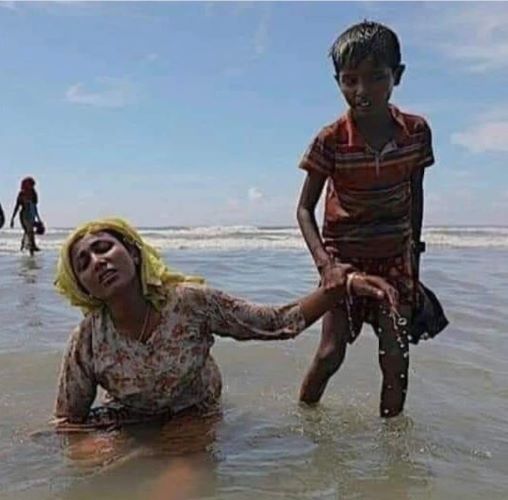
The relief support during the unprecedented floods in 2022 was politically influenced and many people were not able to receive it, Sindh Human Rights Commission releases its report with key findings
Staff Report
Karachi, Sindh
A report titled ‘Rights of People and State of Flood Rehabilitation in Sindh’, released on Thursday by Sindh Human Rights Commission, says ‘the relief support during the unprecedented floods in 2022 was politically influenced and many people were not able to receive it.’
“The neglected affectees received some support from INGOs, NGOs and philanthropists,” the report said in key observations, compiled after a series of community consultations and stakeholders’ meetings in selected districts of the province. The report was presented by its author Mr. Naseer Memon, a known development expert, at a ceremony held at a local hotel.
“Rain and flood were unprecedented and the communities were not resilient enough, while the government departments were not prepared to deal with such a scale of disaster,” the report said.
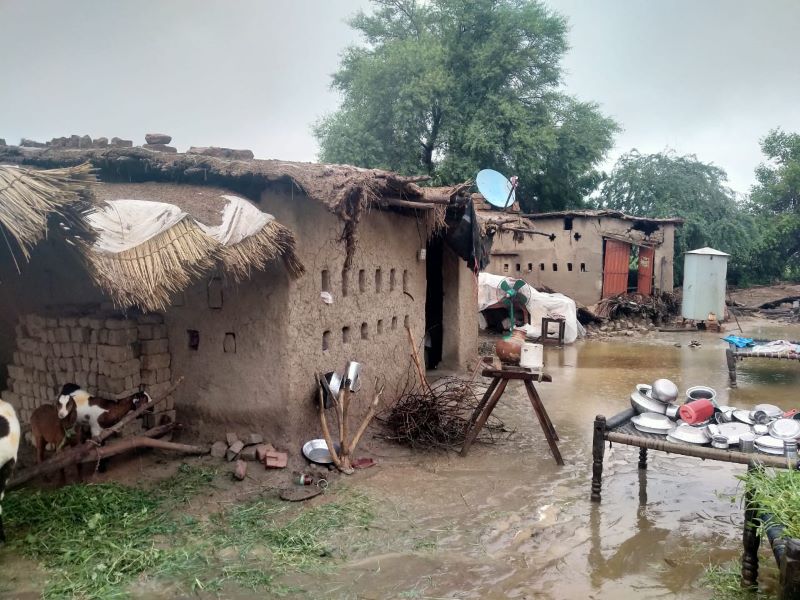
Sindh Courier File Photo
“Communities had to abandon their inundated houses and villages to seek refuge at nearest elevated dry spots. Government couldn’t extend timely support in evacuation and relief at the initial stage.”
It further said, “Evacuation and relief process did not provide preferred attention to vulnerable segments of communities e.g. persons with disabilities, lactating mothers, pregnant women, elderly people etc.”
“Most of the katcha (mud and thatch) houses collapsed and tents were not available in adequate quantity to support a very large displaced population.”
“Women, especially menstruating, pregnant and lactating, faced hardship due to lack of privacy, and sanitation facilities.”
“Drinking water was cited as a most critical problem since groundwater had become polluted in most of the flood affected areas due to stagnant pools of water on the surface. The consumption of polluted water led to an increase in the incidence of malaria, stomach & skin diseases,” report mentioned.
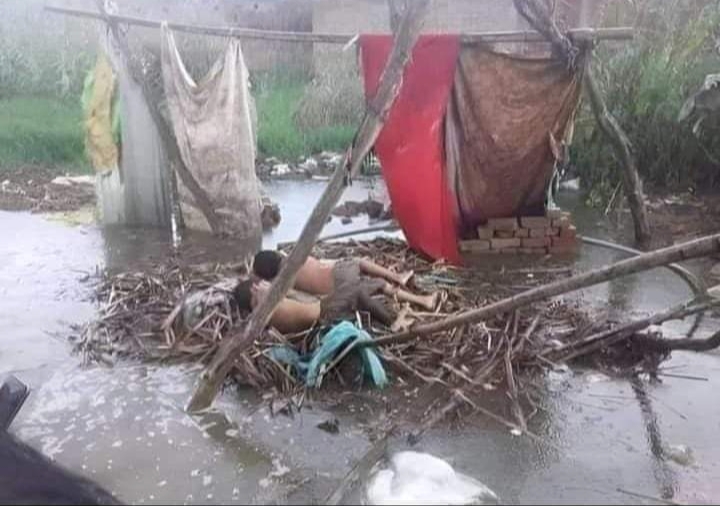
“Schooling remained disrupted for several months as the schools were either damaged or were converted into relief camps, while the Health Department and PPHI provided temporary health services. The Health Department and PPHI could not share exact data of pregnant women in camps or survival of mothers and their newborn children after floods.”
General elections 2024 became an opportunity for repairing and rehabilitating flood damaged schools. Since polling stations were established in school buildings, therefore under instructions of the Election Commission of Pakistan, the Education Department repaired and rehabilitated 386 schools while 11,225 schools were provided with missing facilities.
Read: Women after the floods in Sindh
The affected communities claimed that damaged houses of many deserving families were not surveyed and therefore they are deprived of compensation.
The people complained of mal-treatment by banks when they approached banks to collect compensation for houses.. Some of them also complained that agents of bank staff ask them for bribes to get their money released.
The report mentioned that there are areas where flood water is still standing. Lack of drainage of flood water was noticed as a major challenge. “Natural waterways are encroached, and this has been identified as a major cause of flooding and slow evacuation of flood water.”
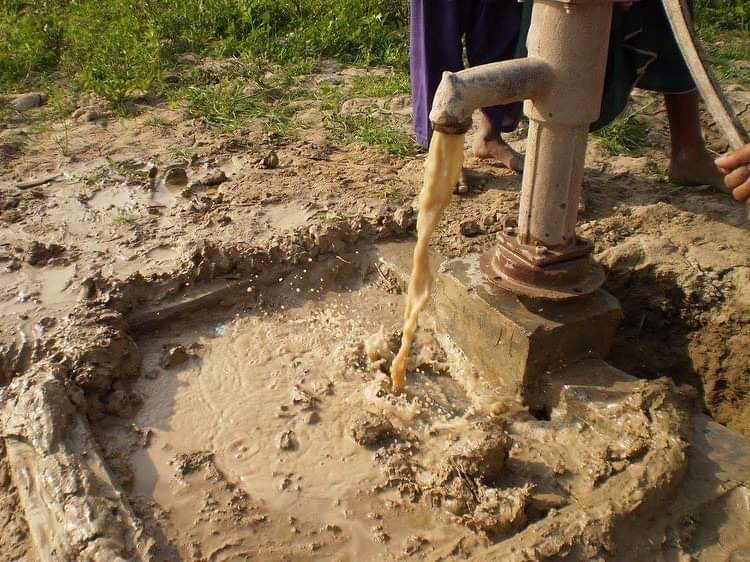
Loss of standing crops and livestock affected economic activity in rural areas for several months. However, the government’s special subsidy for wheat cultivation and favorable soil moisture resulted in better production of Wheat in the year following floods brought some relief.
Damage to communication infrastructure (roads, bridges, culverts) caused hardship for affected communities. Their travel distance, time and cost have increased.
Read: Ill-Planned Amri Bridge over Indus River caused floods in 2022
Several flood affectees lost their Computerized National Identity Cards (CNIC) during the flood. Due to limited capacity at National Database and Registration Authority (NADRA) centers, the process of issuing new cards is slow.
Recommendations
The following recommendations were shared by stakeholders during consultations.
- All essential services of life e.g. education, health, drinking water and shelter should be declared human rights for everyone specially for disaster hit communities. All authorities should prioritize providing these services to affected communities during and after any disaster.
- The Government of Sindh should document key learnings of the flood disaster to identify weaknesses of the system and improvise response mechanisms.
- Flood protection infrastructure needs complete overhauling and regular monitoring during normal time to ensure that it doesn’t collapse during heavy rain and floods
- Sindh needs an effective early warning system to convey timely alerts to authorities and communities before any disaster strikes.
- Government should conduct an independent evaluation and audit of flood relief and rehabilitation programs to identify gaps, persons and elements responsible for alleged mismanagement, favoritism and embezzlements at various stages of flood response.
- District Disaster Management Authorities (DDMAs) should be capacitated through trained human resource, disaster response machinery & equipment and stockpile of food and non-food items round the year especially before every monsoon season.
- A disaster-response institutional mechanism should be established in every district under DDMA with clearly defined roles that can be immediately mobilized in case of any disaster.
- DDMAs should develop district level contingency plans that include district emergency evacuation plans, infrastructure, equipment, transportation, relief plans and coordination mechanisms.
- Emergency relief and shelter locations should be properly developed and kept ready during monsoon months so that flood affectees do not have to suffer under open sky.
- During any disaster the government should publicly disclose information on all relief operations with names of recipients and other details of such support.
- A proper plan for opening encroached natural waterways should be developed through satellite and ground data. The plan should be executed in a phased manner through relevant departments.
- Vulnerable segments of society (e.g. women, lactating mothers, pregnant women, transgender, minorities, elderly and PWDs) should be provided special attention through special measures for their evacuation, relief support and rehabilitation. Relief packages and camps should have relevant contents and facilitating structures for them.
- A detailed ground water survey should be conducted in all flood affected areas to identify where groundwater is not fit for drinking. Government should make alternative arrangements of safe drinking water in such areas.
- All damaged school buildings should be surveyed. Life threatening school buildings should be closed and alternative arrangements should be made for schooling in such villages till the damaged buildings are repaired or reconstructed as safe structures.
- The Health Department, PPHI and Women Development Department should maintain and regularly update records of all lactating mothers and pregnant women in every union council. In case of any disaster, such women should be provided special support to ensure safety and good health of mothers and new-born.
- The Social Welfare Department should maintain and regularly update records of all elderly people and PWDs in every union council. In case of disaster such people should be provided special support to ensure their safety and good health. On the same lines, special needs of young and adolescent people should also be considered and there record may also be maintained.
- SPHF should address grievances of families whose houses were damaged during flood but the same could not be surveyed/validated due to their temporary dislocation or any other valid reason. SPHF should announce a two weeks special slot for registration of such affecttees and consider them eligible if they can provide requisite evidence.
- Villages and agriculture fields where flood and rain water is still stagnating should be dewatered through portable pumping units without compromising neighboring land.
- Special arrangements should be made through NADRA to issue free of cost renewed CNICs for flood affected communities. Mobile vans, additional counters at NADRA centers for women, PWDs and elderly people should be arranged to provide CNICs to the affected communities, especially in remote areas.
- Areas where stagnant water is breeding mosquitoes and flies, fumigation should be arranged to mitigate the possibility of skin and vector borne diseases.
- Promote crop diversification to reduce dependence on a single crop which makes communities vulnerable. Provide training and resources to farmers to adapt to climate change and practice climate resilient agriculture by cultivating new crops and varieties that are resilient to flooding and waterlogged conditions.
- Introduce crop and livestock insurance schemes to provide financial protection to farmers in case of natural disasters.
- Create awareness and policy framework to introduce climate-resilient farming practices and effective water and soil management through modern techniques.
- Implement psycho-social support programs to address mental and emotional health and well-being of affected communities.
- Build synergies among government departments, NGOs, emergency service providers, media and other stakeholders to develop and implement a plan for rehabilitation of flood affected communities.
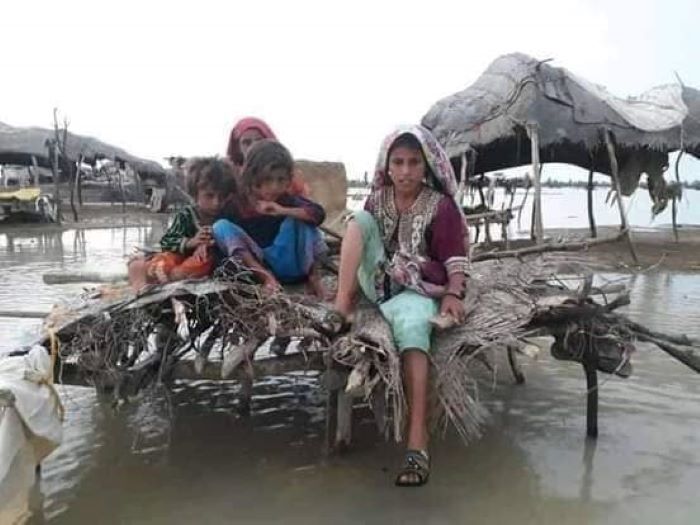
The field based research captured stakeholders’ perspectives on the state of rehabilitation in key sectors in flood affected areas of Sindh. This snapshot study covered three districts of Sindh – Khairpur, Dadu and Mirpurkhas. A range of stakeholders participated in the ceremony. The speakers included Makhdoom Mehboob Zaman, Minister for Rehabilitation, Sardar Sarfraz, Chief Meteorologist, Ms. Afia Salam, noted environmentalist, Qabool Khatyan, Chairman Sindh Irrigation and Drainage Authority-SIDA, Dr. Fateh Mari, Vice Chancellor Sindh Agriculture University, Mustafa Talpur, civil society professional, and Iqbal Detho, Chairman SHRC.
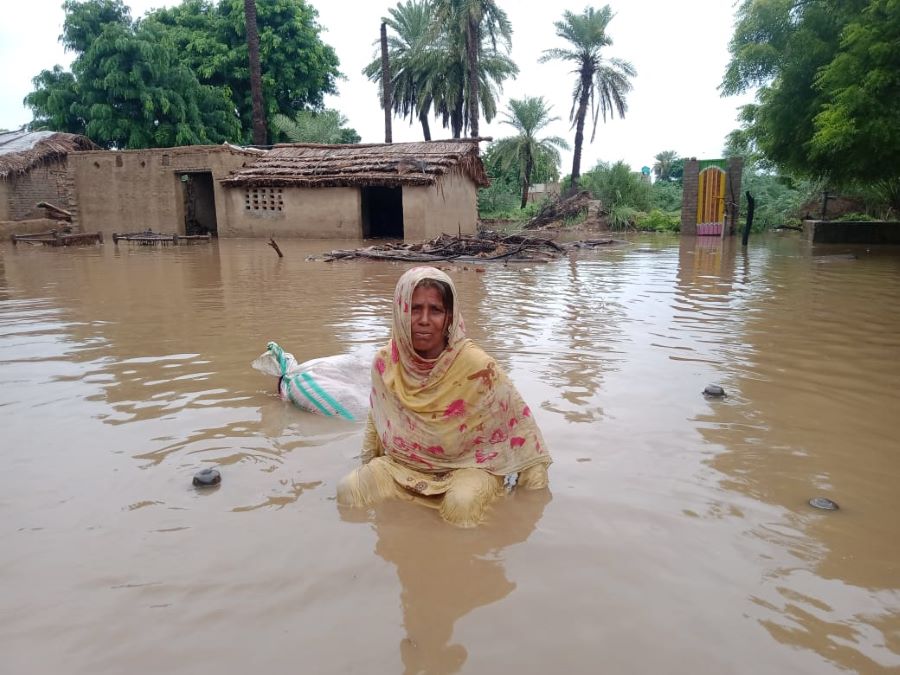
Sardar Sarfraz, Chief Meteorologist, in his presentation, predicted above the average rains during monsoon 2024. The speakers urged the government and other agencies to take precautionary measures in view of above normal rain forecast.
Also read: Save the Children of Sindh from Stunting
__________________
[…] Read: Floods 2022: Relief Support was Politically Influenced – SHRC […]
[…] Read: Floods 2022: Relief Support was Politically Influenced – SHRC […]